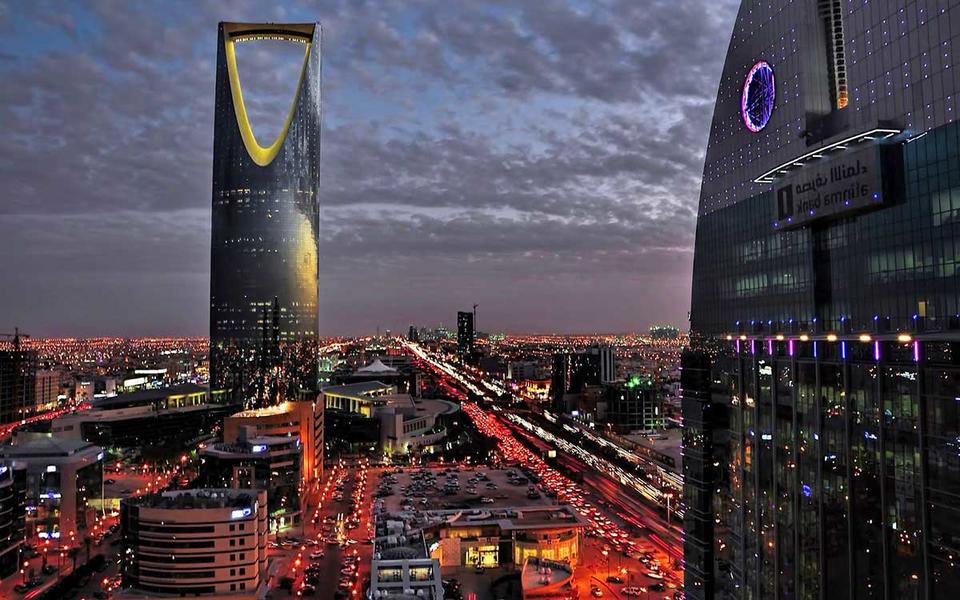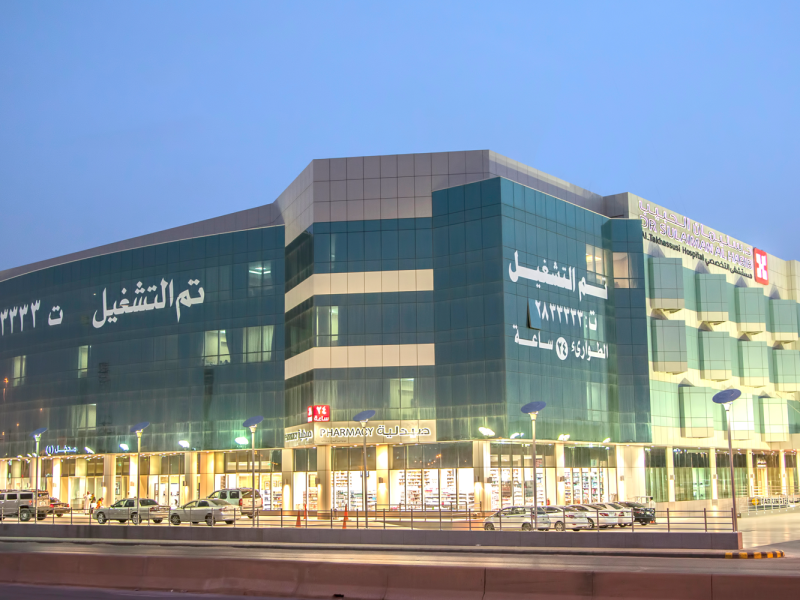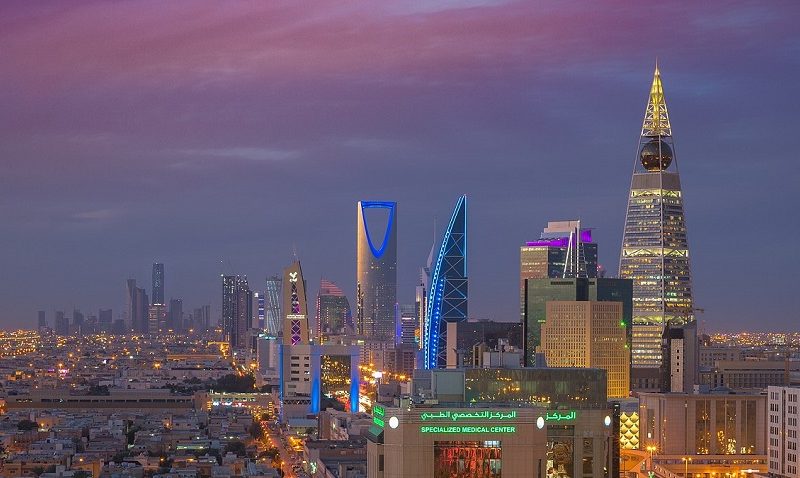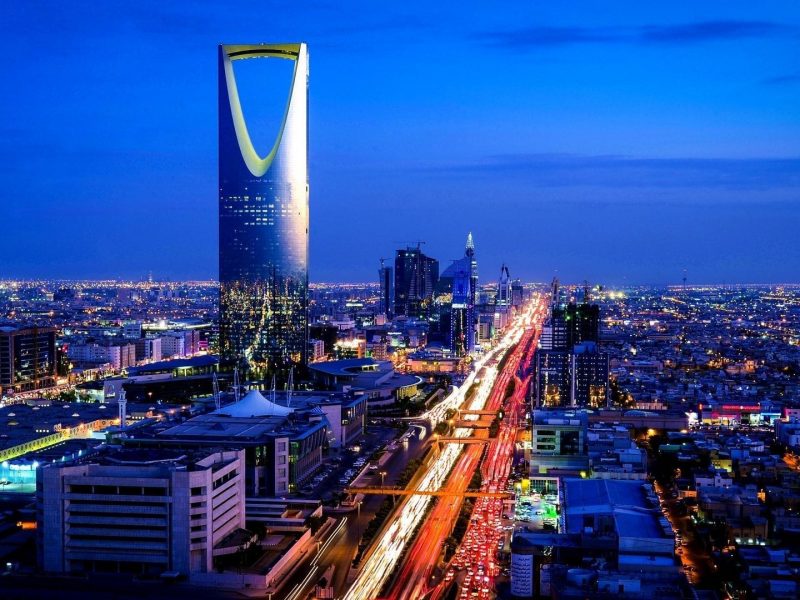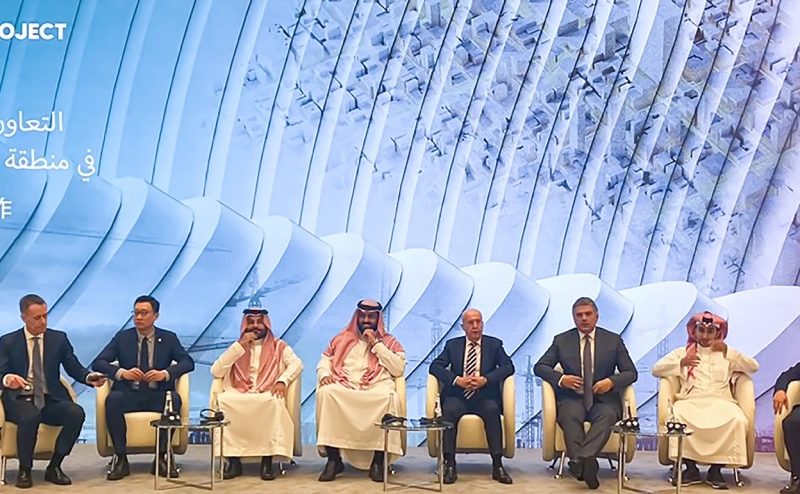JLL’s MENA Construction Economic & Cost Insights report outlines that a range of factors will result in higher building costs in 2022, particularly in the region’s largest market of Saudi Arabia.
This includes the global building boom, which has created greater demand for construction materials such as steel (the World Steel Association is forecasting growth in global demand of 2.2% in 2022). In 2021 the price of aluminium, copper and iron ore increased by between 45% and 51% and the price of steel reinforcing bars rose by as much as 46% in some parts of Saudi Arabia.
Although steel prices may now have peaked (the World Bank had projected in Q4 2021 that average metal prices could decline by around 5% in 2022), the strength of demand is likely to continue to drive the price of steel rebars in Saudi Arabia and other key markets in the Middle East.
Another factor pushing up construction costs in Saudi Arabia is the kingdom’s dependence on imported building materials, particularly from China and Europe. While the government has recognised the need to increase their production locally, this is likely to take some time thus the construction industry is likely to remain reliant on imported materials, at least in the short-term.
JLL has estimated that tender prices rose by an average of 4.5% across Saudi Arabia in 2021 and we anticipate that they will see a larger magnitude of increase in 2022. Indeed, given the strength of demand and the shortage of qualified local contractors, we expect tender price inflation (TPI) to be north of 7% in the kingdom this year. In other markets within the region, TPI is unlikely to be as high.
Challenges and opportunities
Accelerating price inflation in the construction sector poses challenges for contactors, investors and occupiers, however, contractors and developers are anticipated to face pressure to a greater extent. The Saudi market has historically benefitted from higher levels of liquidity and the recent spike in oil prices will undoubtedly have helped in this regard. This in turn should alleviate some pressure off public sector agencies tasked with key roles in ‘nation building’ and may allow them more room to manoeuvre when striking a balance between achieving financial returns and delivering sustainable, thriving cities and communities for the longer term. Furthermore, higher construction costs are more likely to be absorbed rather than projects coming to a halt.
Saudi Arabia’s government and related entities account for a large proportion of overall demand for real estate. This combined with increased private sector demand resulting from initiatives such Program HQ (which will require international businesses to establish their regional headquarters in Saudi Arabia if they wish to continue to operate in the market) and a shortage of Grade A space means that rents have been under upward pressure.
With investors and tenants to some extent shielded from the impact of higher construction costs in Saudi Arabia, the brunt of this increase is more likely to be felt by developers as higher construction costs squeeze margins.
The construction sector in Saudi Arabia is currently constrained by a number of distinctly local factors, which are less prevalent elsewhere in the region. These include a relatively low level of modular construction, limited local manufacture of building products and the small number of tier 1 contractors and developers. Undoubtedly progress on these fronts will be made in the medium to long-run, but it will take some time before it can offset the expected short-term squeeze on development margins.
Modular construction techniques are currently up to 30% more expensive than traditional labour-intensive methods of construction. But as modular construction techniques become more cost-competitive over time, the potential economies of scale achievable – especially in context of the various giga projects underway in Saudi Arabia – could transform the current landscape. An increase in locally produced materials to serve the construction industry is also likely to improve development margins, but it is likely to take time to ‘ramp up’ local manufacturing.
As previously noted, the Saudi construction sector is currently characterised by a limited number of tier 1 local developers and contractors. The government has recognised this and is seeking to open up the market to foreign players. Recently, there have been a number of joint ventures with overseas developers and contractors (with firms originating from the UAE playing an increasingly important role) and this trend looks set to gain momentum. Given the greater depth and experience of regional players, this should allow scope to maintain development margins. There will also need to be a further focus on the existing supply chain, as the focus on “local” needs to be a priority for the market to continue to develop. There is also a prominent role for the development community to play in right-sizing the local tier 2 contracting market opportunities.
In summary, higher construction costs will likely result in reduced development margins across Saudi Arabia’s market this year. Nonetheless, savvy developers will seek to maintain their margins by implementing various measures. Focus on downstream operational cost reduction, implemented in the design stage will help lessen the impact of higher construction costs on the development model. For example, in the short-term, we are likely to see an increased focus on improving the operational efficiency of projects through a greater use of technology (including the wider application of ‘digital twin’ technologies) to monitor and improve OPEX. Over the longer term, developers will explore new technologies to reduce construction costs and pay greater attention to incorporating green technologies in order to build more sustainable buildings. Their success in these areas will determine the timing and extent to which the downward pressure on margins will be alleviated.

